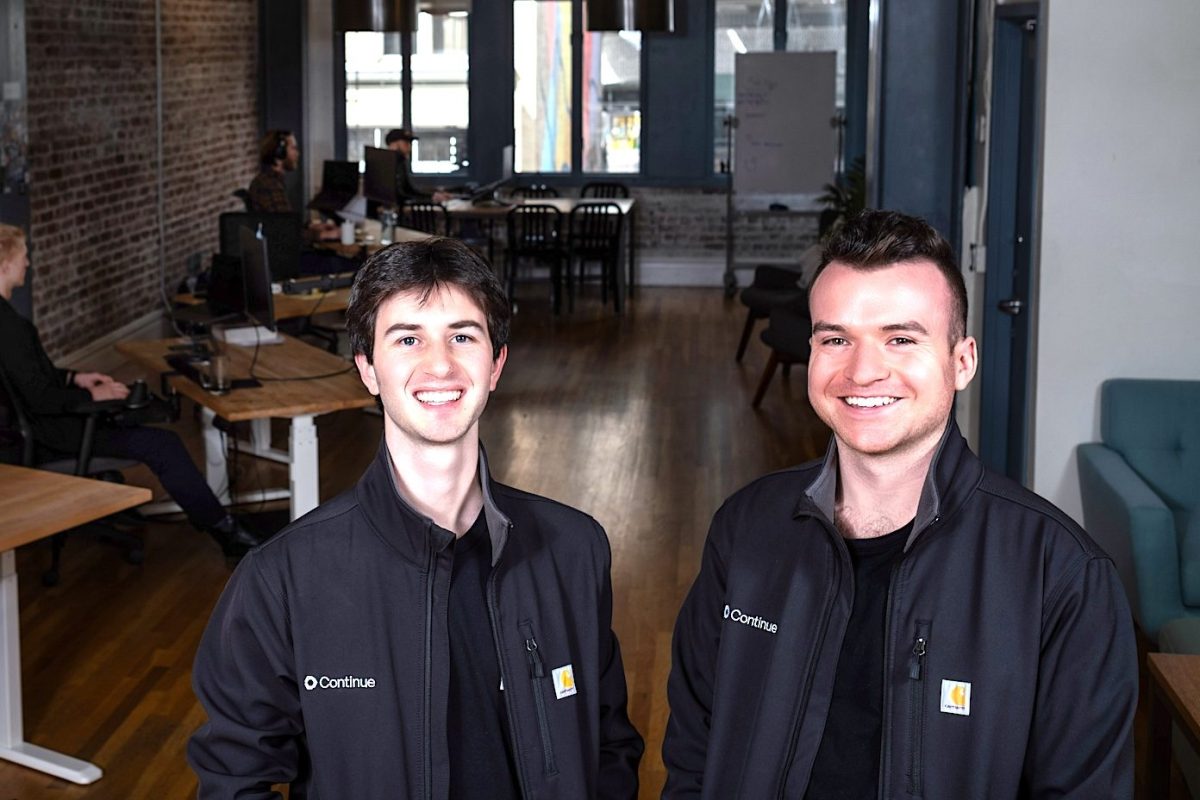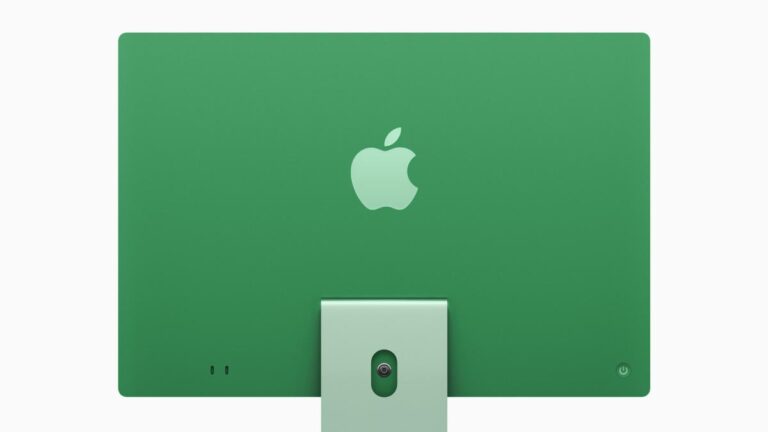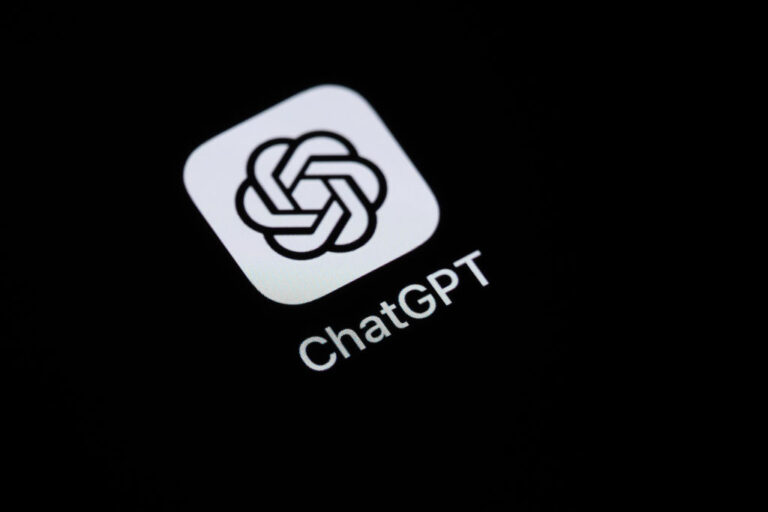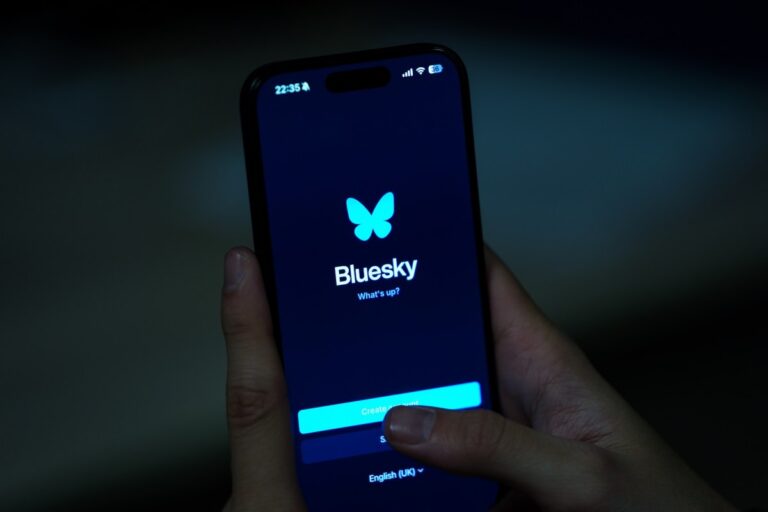Empower Developers: Create and Share Custom AI Coding Assistants with Continue
Continue, a promising startup launched in June 2023, is set to revolutionize the way developers create customized coding assistants. These contextual AI tools are designed to seamlessly integrate with any development model and environment, offering developers an enhanced coding experience.
Introduction to Continue’s AI Coding Assistant
Founded by CEO Ty Dunn and CTO Nate Sesti, Continue is a Y Combinator alum that has quickly gained traction, amassing over 23,000 stars on GitHub and attracting 11,000 members to its Discord community. In a bid to capitalize on this momentum, Continue has unveiled version 1.0 of its product, supported by a recent $3 million seed funding round.
The Surge of AI Coding Assistants
Continue’s launch aligns perfectly with the rapid growth of AI coding assistants, such as GitHub Copilot and Google’s Gemini Code Assist. The market has also seen an influx of funding for newer players like Codeium and Cursor, making this an exciting time for developers.
Features of Continue’s AI Coding Assistant
Positioning itself as “the leading open-source AI code assistant,” Continue offers unique features that allow teams to integrate their specific contexts by pulling data from platforms like Jira and Confluence.
- Custom Autocomplete: Provides real-time code suggestions as developers type.
- Chat Functionality: Enables users to inquire about specific code segments.
- Edit Features: Allows users to modify code by describing desired changes.
Continue’s latest announcement includes the first major release of its open-source extensions for VS Code and JetBrains.
Introducing the Continue Hub
In addition, Continue is launching a new hub akin to Docker Hub or GitHub, where developers can create and share AI coding assistants. This hub includes pre-built AI coding assistants and various building blocks from established partners like Mistral and Anthropic.
The Culture of Contribution
The core idea of the Continue Hub is to foster a culture where developers can share minor customizations or enhancements to existing coding assistants. This approach not only encourages collaboration but also aligns with the open-source ethos.
As Ty Dunn explained, “This is a hub for the entire ecosystem to come together and work together.” By creating an open architecture, Continue aims to allow developers to build tailored experiences collaboratively.
Data Control for Developers
One of the significant advantages of using Continue is the control developers have over their data. Unlike traditional platforms that may exploit user data for improvement, Continue allows organizations to decide how much data they wish to share.
Dunn emphasizes, “When you use Continue, you get to keep your data.” This feature is crucial for organizations concerned about privacy and data usage.
Business Model and Target Audience
While Continue is focused on large enterprises, it also aims to serve individual developers and small teams. The platform offers a free solo tier while providing premium options for organizations needing advanced administration, governance, and security tools.
- Solo Tier: Offers three visibility levels for contributions.
- Teams Tier: Adds multi-user capabilities and admin controls.
- Enterprise Tier: Provides enhanced data security and governance options.
Continue has previously raised $2.1 million and is now leveraging the additional $3 million to expand its development team.
Future Prospects
With plans to double its current headcount, Continue aims to maintain a low-cost structure while leveraging open-source methodologies for distribution. Dunn asserts that this strategy will help Continue compete effectively in the evolving landscape of AI coding assistants.
For developers looking to enhance their coding experience with a customizable AI assistant, Continue represents an exciting new option. Explore more about Continue’s offerings and join the movement towards open-source collaboration in coding.







